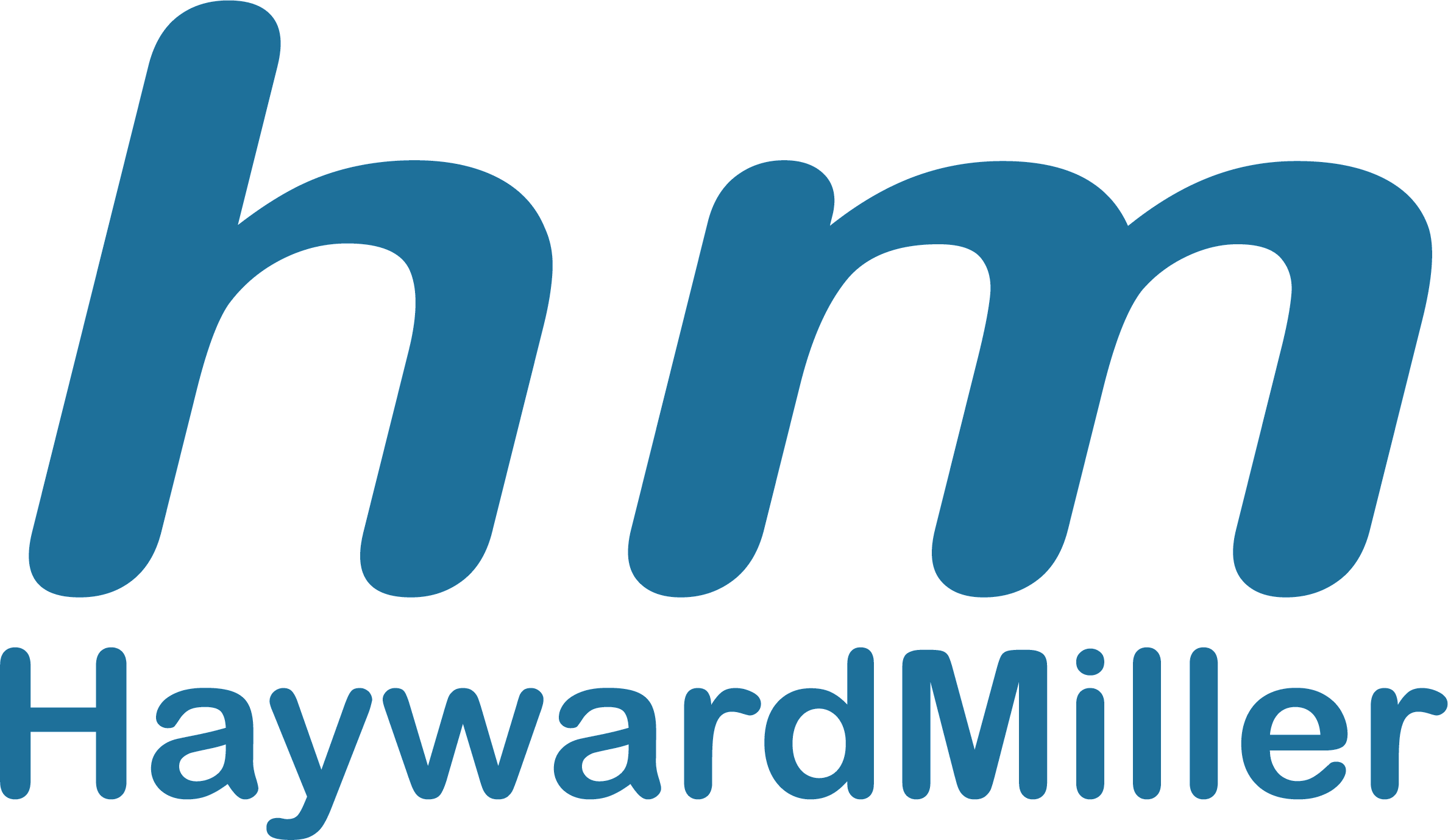Creating an Effective Workforce

In business, developing an effective workforce is key. Workforces are the cogs and gears operating your business, making it tick. If a cog were to get rusty or weaken, then the rest will have to compensate – weakening them too. There must be procedures and measures in place for the workforce to adapt and continue its operations without much setback. However, before this can all happen, you need to create an effective workforce plan to recruit the right people.
What is Effective Workforce Planning?
Workforce planning is simply getting the right number of people with the right skills to fit the business. It’s a method by which a business forecasts how many and what type of employees it needs now and, in the future. Its complementary to a company’s business plan. It is one of the central activities of human resource management and helps organisations to: Foresee change, identify trends and implement human resource policies.
An effective workforce plan helps a business achieve its corporate objectives by ensuring the business has a workforce of the right size, with the right skills, in the right place giving a company a competitive advantage.
How to Create a Workforce Plan:
First, it is always essential to survey and analyse company performance. Look into what departments are doing well, what members make up that department and how does their performance compare with a department who aren’t doing as well. Pick out which individuals oversee what and whether they have several roles to fulfil, take note of any correlations, trends and the results. It is good to get the workforce’s opinion too, this can be done through a survey or by simply asking.
Apply this process in the business’s current position and then project it to the business potential position. This can be done by understanding which internal and external variables such as political or industry matters which in future could affect the business – therefore affecting the workforce.
Once you have identified the opportunities, where employing a new member will alleviate stress from others and provide complementary skills, it is time to create the ideal employee profiles for each job. The ideal employee profile allows employers to really flesh out, what they really want from this individual. Not only for the team and department but for the company itself.
How to Recruit the Right People:
Once the plan has been established and the profiles set up for who you need now and in future – it’s time to recruit. To align your team with your business, there needs to be a proper introduction into the company and set of procedures and expectations transferred across.
It is important to be clear and descriptive in the job advertisement. This ensures that the right people understand the job role. State the desired skills, tasks of the role, performance criteria and pay. Once that is established, describe the personality traits need to fit well with the team and department. Depending on the business’s position, this recruitment process can be for internal and external candidates.
Implementing the Right Attitudes and Procedures:
Now having the right people in place, it’s important to set up measures for how the company carries out its operations. This is where management styles and procedures are put in place – it is also where the employer would state their expectations. This is done during the induction session, where the candidates can meet their teams and understand their role better.
To sum up, clear communication and identified expectations set a company up for a very effective workforce.
Written By Leyla Hussein

